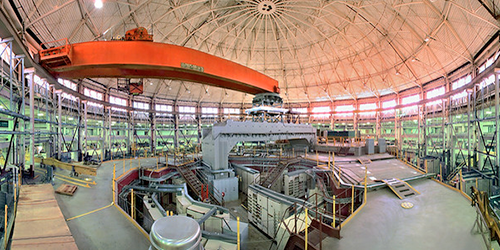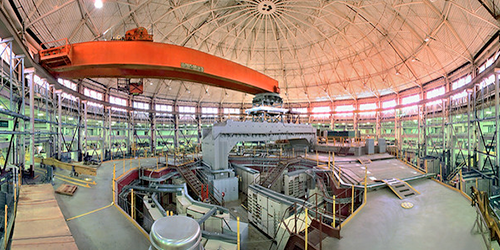Noisy Synchrotron? Machine Learning Has the Answer
The Advanced Light Source (ALS)—one of the world’s brightest synchrotron sources—has a problem. Despite the best efforts of researchers, the photon beam it produces, like those at all synchrotrons, fluctuates in its vertical width, leading to experimental noise that can obscure measurements. Simon Leemann of Lawrence Berkeley National Laboratory, California, which houses the ALS, expects this problem will worsen for the narrower beams of next-generation synchrotrons. Seeking a solution, he and his colleagues turned to machine-learning algorithms, showing that they can stabilize the photon beam without the need for lengthy manual calibration measurements. Leemann says that this method could allow beam-width fluctuations to be corrected before they occur, removing one of the last barriers to completely stable synchrotron sources.
In their proof-of-principle demonstration, the team trained their machine-learning algorithms using two data sets: the positions of various magnetic excitations that shape the electron beam that generates the photon beam, and beam-width data from the photon beam itself. These data were fed into the neural network underlying the algorithms, which then “learned” how changes in the configurations and positions of the magnetic excitations affected the width of the resulting photon beam. Using this information, the algorithm created a look-up table that it referenced three times a second, determining the adjustments required to maintain a photon beam of a certain width. In their experiment, the team kept the ALS beam size stable to within 0.2 𝜇m, or 0.4% of its vertical width. This precision is better than the 2–3% previously achieved at the ALS and could allow the synchrotron to probe the dynamics of chemical reactions—in systems such as batteries—with unprecedented resolution.
This research is published in Physical Review Letters.
–Katherine Wright
Katherine Wright is a Senior Editor for Physics.





